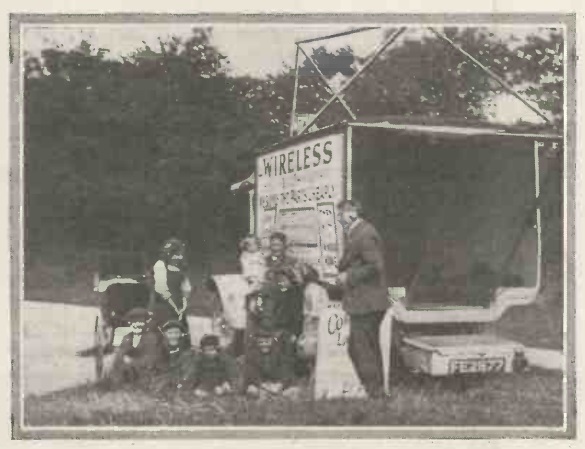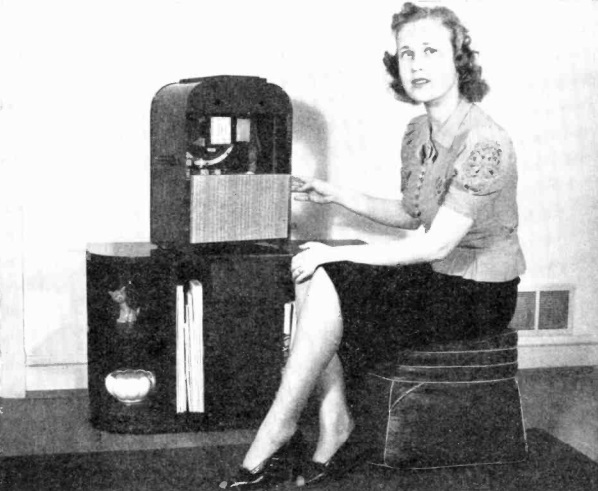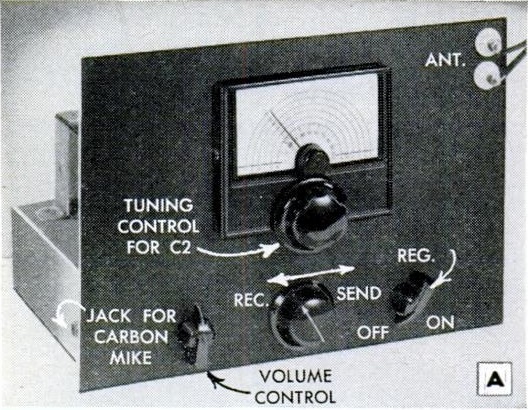 Shown here, in the March 1925 issue of Science and Invention is “a good idea of the probable appearance of New York’s skyscrapers in the year 2025.” It was to include triple and even quadruple-decker streets. The lower level would be occupied by trucks, with lighter vehicles on the upper levels. Sidewalks would be moving. The subways, both long distance and local, would be in multiple layers underground, with daily commutes of a hundred miles, such as to and from Philadelphia, commonplace. The skies being filled with aircraft would be almost quaint, as they were to be there by 1950.
Shown here, in the March 1925 issue of Science and Invention is “a good idea of the probable appearance of New York’s skyscrapers in the year 2025.” It was to include triple and even quadruple-decker streets. The lower level would be occupied by trucks, with lighter vehicles on the upper levels. Sidewalks would be moving. The subways, both long distance and local, would be in multiple layers underground, with daily commutes of a hundred miles, such as to and from Philadelphia, commonplace. The skies being filled with aircraft would be almost quaint, as they were to be there by 1950.
While the image above is not recognizable, the image below doesn’t miss the mark by very much. You can see a modern view from a similar angle at this link.












